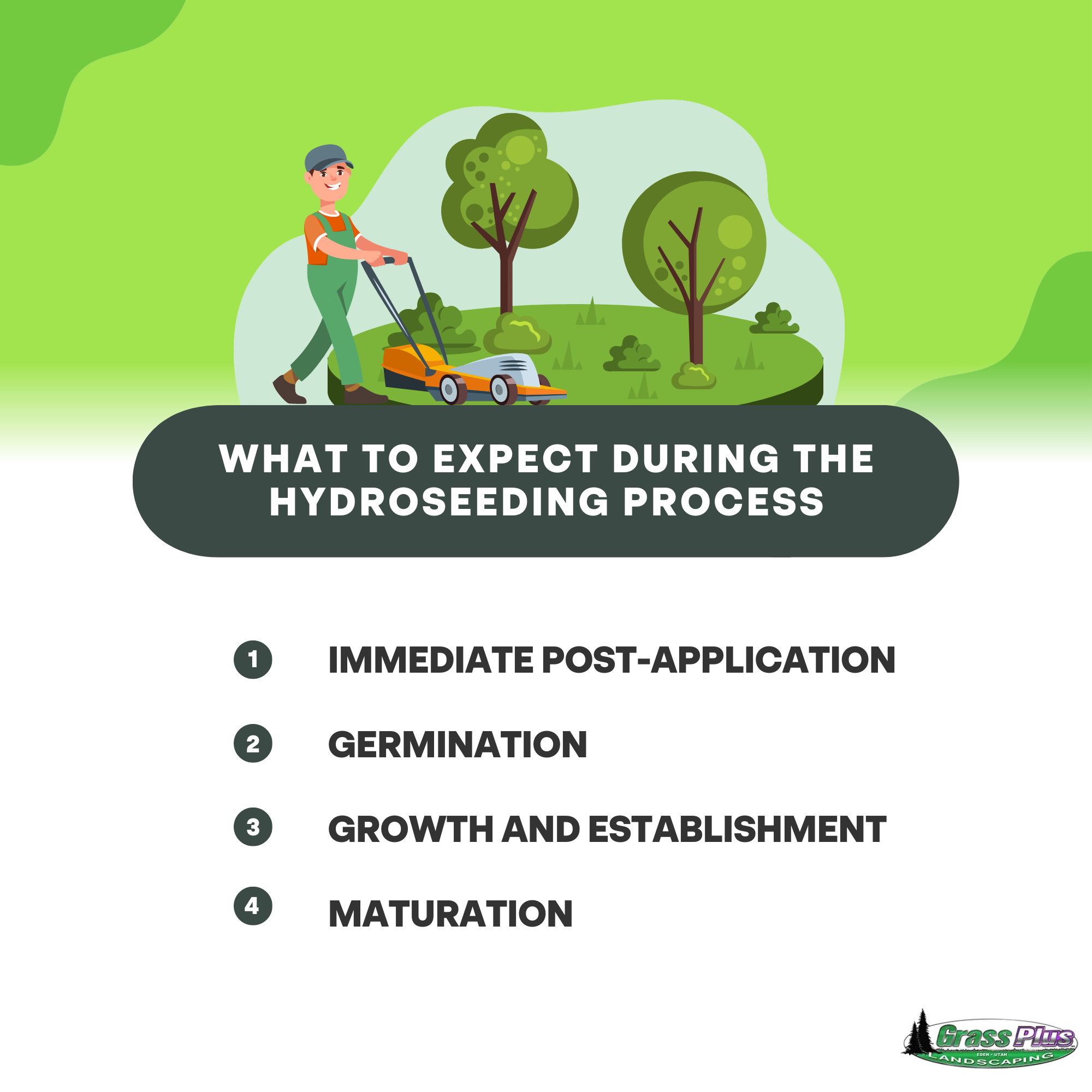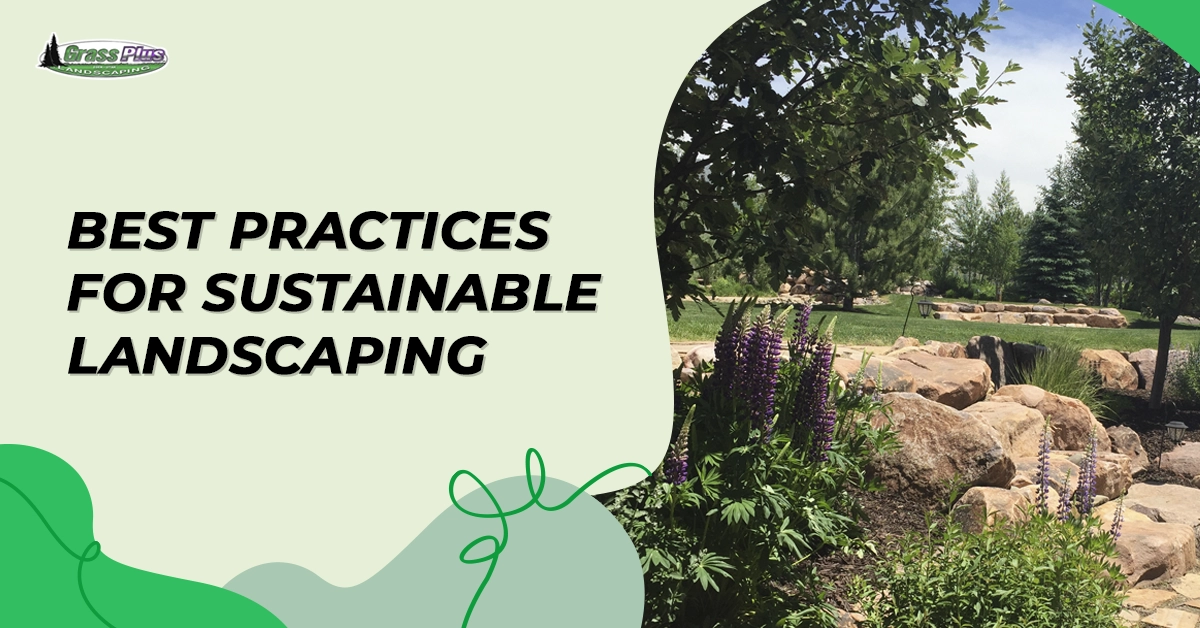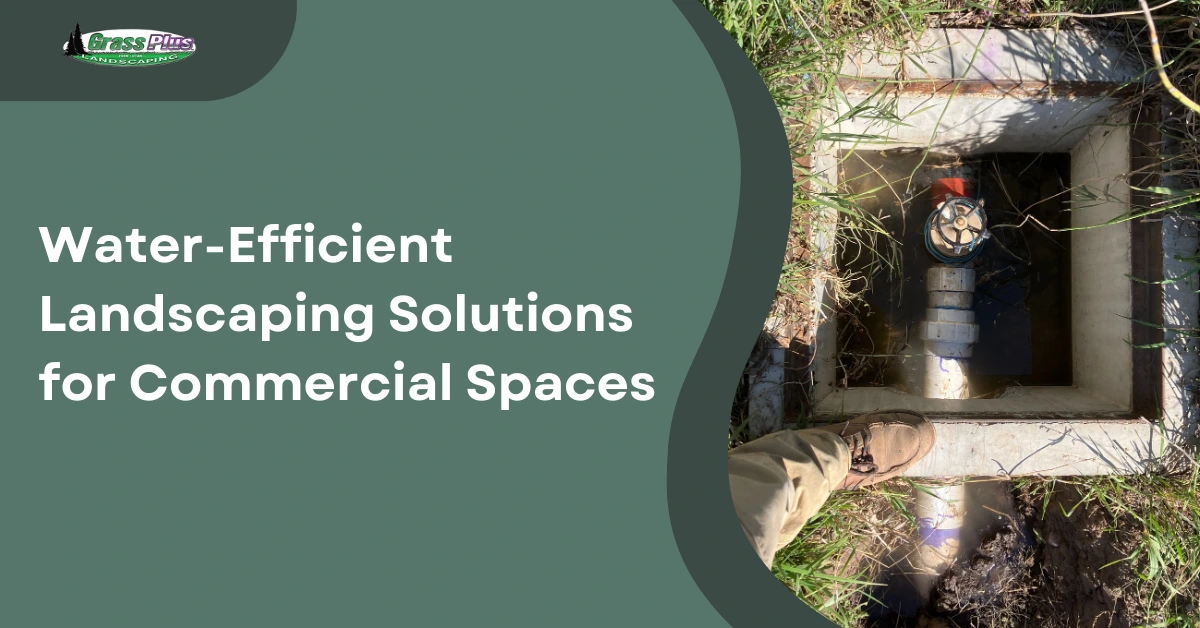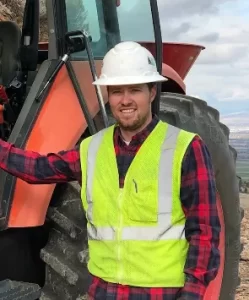Hydraulic mulch seeding, another term used to refer to hydroseeding, is a popular method for planting grass and other vegetation. It involves spraying a slurry of seed, mulch, fertilizer, and water onto the soil, creating an ideal environment for seed germination and growth.
If you’re considering hydroseeding your lawn, one of the first questions you’ll likely have is how long it takes for the grass to grow. The hydroseeding growth time can vary depending on several factors, including the type of grass, environmental conditions, and proper maintenance.
How Does Hydroseeding Work?
Before we dive into the specifics of hydroseeding germination time, let’s first understand how the process works. Hydroseeding typically involves the following steps:
- Site Preparation: The area where the grass will be hydroseeded is cleared of any debris, rocks, and weeds. It may also be graded to ensure a level surface.
- Mixing the Slurry: In a hydroseeding machine, the seed, mulch, fertilizer, and water are combined to create a slurry. The mixture may also include other additives, such as tackifiers or soil conditioners, depending on the specific requirements of the site.
- Application: The slurry is evenly sprayed onto the soil using the hydroseeding machine. The seed, mulch, and fertilizer in the slurry provide a protective covering for the soil, helping to retain moisture and create favorable conditions for germination.
- Germination and Growth: With the right moisture, temperature, and care, the seeds will begin to germinate, sending out roots and shoots. Over time, these seedlings will grow into mature grass plants.
Factors Affecting Hydroseeding Growth Time
The hydroseeding growth time can be influenced by various factors. To know what to expect during the hydroseeding process, one must be aware of these factors:
1. Type of Grass
The type of grass you choose for your hydroseeding project plays a significant role in determining the hydroseeding growth time. Different grass species have varying germination periods and growth rates. Some grass may take longer to establish and reach maturity, while others can grow more quickly.
When selecting a grass type, consider your local climate, soil conditions, and intended use for the lawn. Some grass are better suited for cooler climates, while others thrive in warmer regions. By choosing the right grass for your area, you can optimize the hydroseeding process and minimize the time it takes for the grass to grow.
2. Environmental Conditions
The environmental conditions, such as temperature, sunlight, and moisture, can significantly impact the hydroseeding growth time. Most grass requires a consistent temperature range for successful germination and growth.
Typically, the optimal temperature for grass seed germination falls between 60 and 75 degrees Fahrenheit. It’s important to note that different grass species may have specific temperature preferences, so you’ll need to consider this when selecting the type of grass for your hydroseeding project.
Another critical environmental factor is moisture. During the early stages of hydroseeding, the soil needs to remain consistently moist to support seed germination and root development. Avoid overwatering, as excessive moisture can hinder growth and lead to other issues, such as fungal diseases.
3. Proper Maintenance and Care
Proper maintenance and care can’t be emphasized enough in achieving optimal hydroseeding growth time. Once the grass starts to germinate, it’s essential to follow good watering practices, which typically involve frequent, light watering to keep the soil moist but not saturated.
You can transition to less frequent but deeper watering to encourage the development of deep, strong roots once the grass starts to grow. However, the specific watering requirements may vary depending on the grass species, so it’s best to follow any recommendations provided by your hydroseeding professional.
In addition to watering, proper care also includes regular monitoring for any signs of issues, such as disease or weed growth. Timely action to address these problems can help ensure the hydroseeding process remains on track, ultimately leading to the desired growth and establishment of the grass.
4. Soil Conditions
Before hydroseeding, the soil should be properly prepared, including being free of weeds and adequately graded. The soil should also be fertile, with nutrients that can support the growth of the grass.
In some cases, soil amendment may be necessary to improve its quality and provide an optimal growing environment for the grass. Your hydroseeding professional can assess the soil and recommend any necessary amendments based on its composition and nutrient content.
What to Expect During the Hydroseeding Process
During the hydroseeding process, there are several key milestones you can expect. Let’s take a look at what typically happens during each stage of the hydroseeding growth timeline:
1. Immediate Post-Application
Shortly after the hydroseeding application, you’ll notice a greenish appearance on the soil due to the applied mulch. This mulch helps retain moisture and provides a protective layer for the seeds.
2. Germination
The hydroseed germination time can vary depending on the type of grass and environmental conditions. Some grasses may begin to germinate within a week of hydroseeding, while others may take two to three weeks or even longer.
During this stage, you may start to see small, tender seedlings emerging from the soil. It’s an exciting time as the lawn begins to take shape, but it’s essential to be patient as the germination process can take some time.
3. Growth and Establishment
As the grass continues to grow and establish itself, you’ll notice an increase in its height and density. The exact hydroseed growth time can vary, but in favorable conditions, you can expect the grass to reach mowing height within four to six weeks of hydroseeding.
It’s important to resist the temptation to mow the lawn too early. Premature mowing can disrupt the establishment of the grass and may result in uneven growth. Your hydroseeding professional will provide guidance on the right time to start mowing based on the grass’s growth progress.
4. Maturation
Over time, with continued care and maintenance, the grass will mature, reaching its full growth potential. This differs depending on the grass species and how well you follow the recommended maintenance practices.
The Bottom Line
Hydroseeding is an excellent choice for achieving a lush, green lawn. While the hydroseeding growth time can vary, typically, you can expect the grass to begin germinating within one to three weeks of hydroseeding and reach mowing height within four to six weeks.
Remember, the key to a successful hydroseeding project is proper maintenance, including regular watering and monitoring for any signs of issues. By following these guidelines, you’ll soon be enjoying a beautiful, fully matured lawn.
Looking for Professional Hydroseeding Services?
If you’re in need of hydroseeding in Idaho, Grass Plus, Inc. is the one to call. With our years of experience and commitment to our customers, we can help you achieve what you need. Contact us today to learn more about our services!






